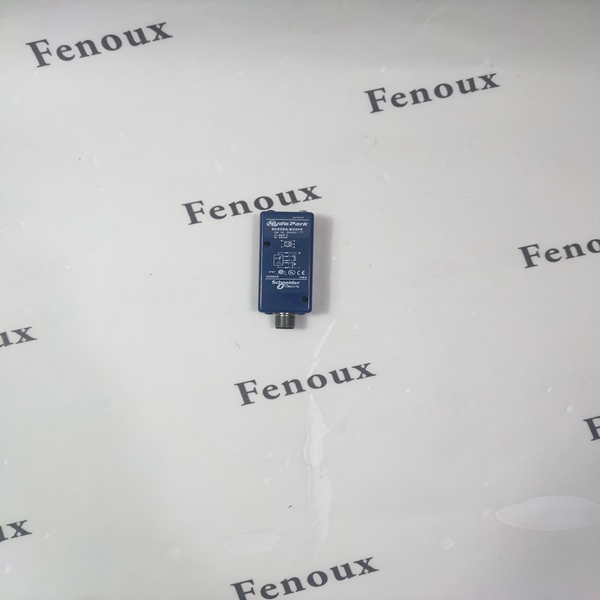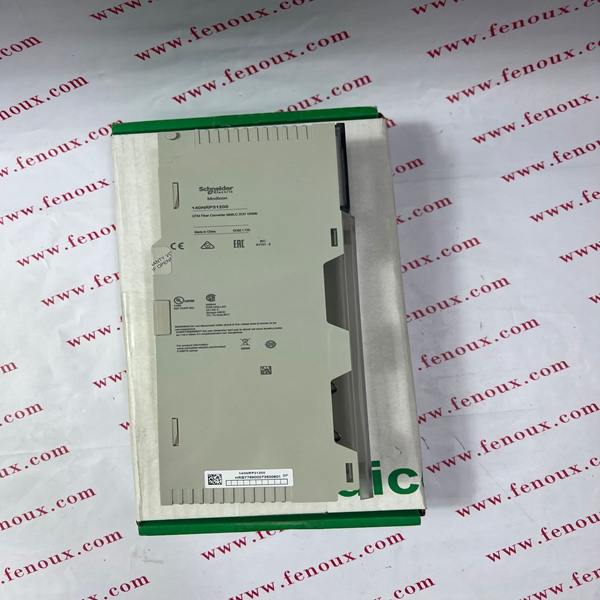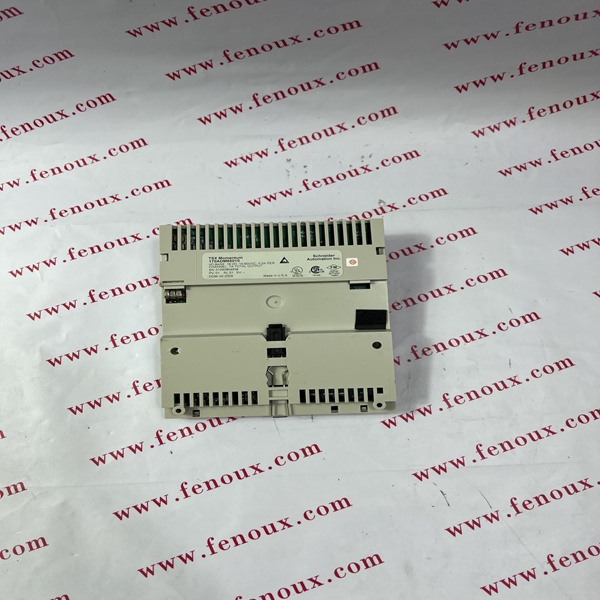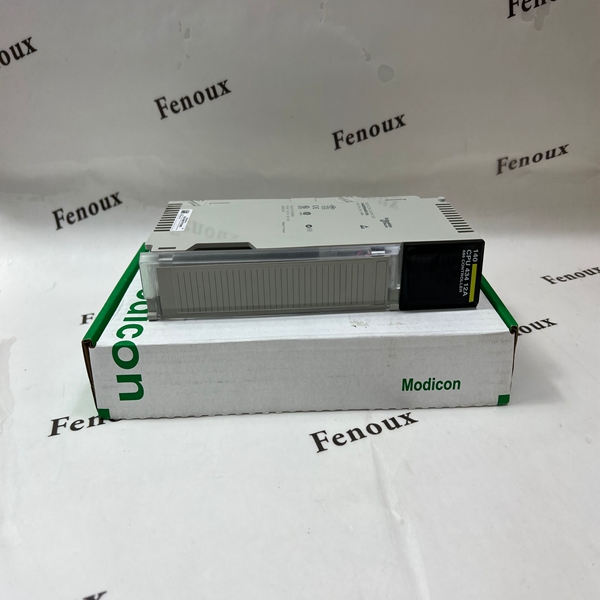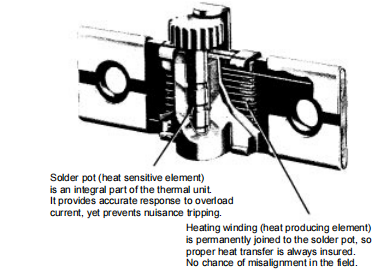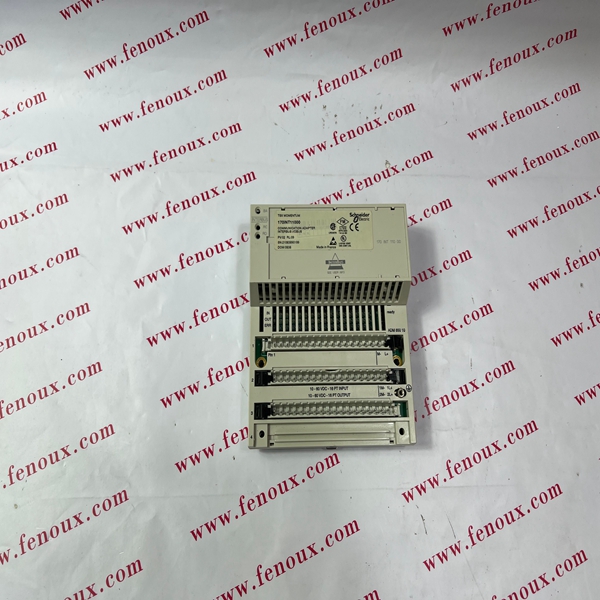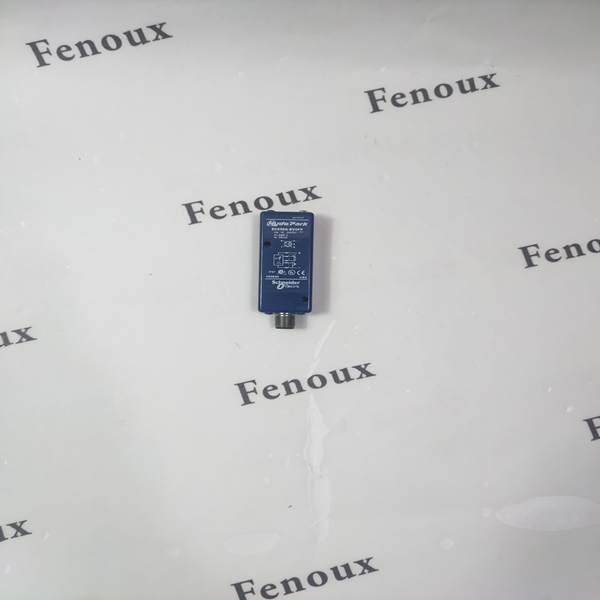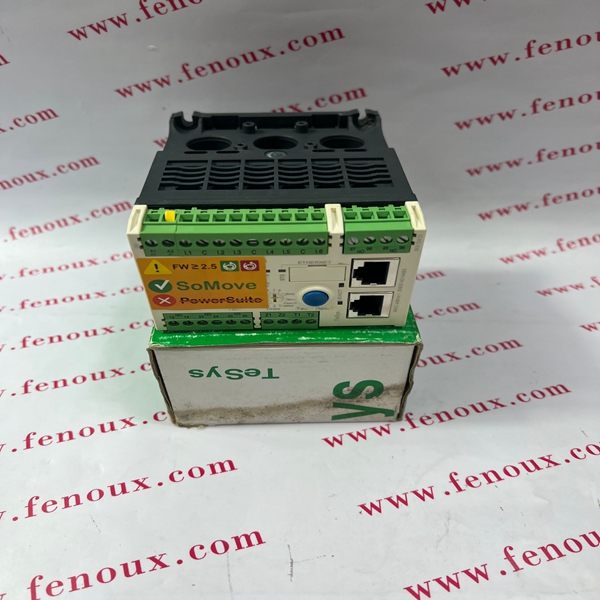The protection element also provides a non-sensitive area to avoid instability due to small asymmetries and unbalances that can generally be present in the network system. This condition is represented by the characteristic reproduced below, where the hatched area is the tripping zone.
Withstand Ratings
Equipment withstand ratings are linked to branch circuit protection. The
same parameters that affect the trip point of a given protective device also
contribute to how much (or how little) let-through energy the device may be
exposed to and still function after the clearing of the fault. Withstand does not
explicitly show up in Figures 1 or 2. Traditional melting alloy and bi-metal
overload relays have been the “weak link” in motor branch circuit withstand
ratings. Since these devices employ sensing elements directly in the current
path, electrical faults leading to mechanical stresses are a concern. These
devices typically contain small mechanical parts than can quickly become
out-of-spec when exposed to let-through energy exceeding their withstand
capability. If the coordinated protection for the circuit operates properly (and
the SCPD protects the circuit), the motor and the controller will be protected.
The withstand rating of a branch circuit must account for the withstandability
of the lowest rated component in the circuit.
Thermal Overload Relay
In spite of being relatively simple and inexpensive, thermal overload relays
are very effective in providing motor running overcurrent protection. This is
possible because the most vulnerable part of most motors is the winding
insulation and this insulation is very susceptible to damage by excessively
high temperature.
Being a thermal model of a motor, the thermal overload relay will produce a
shorter trip time at a higher current similar to the way a motor will reach its
temperature limit in a shorter time at a higher current. Similarly, in a high
ambient temperature, a thermal overload relay will trip at a lower current or
vice versa allowing the motor to be used to its maximum capacity in its
particular ambient temperature (if the motor and overload are in the same
ambient).
Once tripped, the thermal overload relay will not reset until it has cooled,
automatically allowing the motor to cool before it can be re-started.
NOTE: The overload relay must be used in conjunction with a contactor. The
overload relay has no power contacts and cannot disconnect the motor by
itself. The control circuit contact must be wired in series with the coil of the
contactor so that the contactor will de-energize when an overload occurs.
Square D manufactures three types of overload relays, the melting alloy, the
bimetallic, and solid state. In some types, the bimetallic is available in both
non-compensated and ambient temperature-compensated versions. In both
melting alloy and bimetallic, single element and three element overloads are
available. Solid state overloads are discussed on Page 5.


